Magnetism, a phenomenon that has fascinated humanity for centuries, is still a subject of intrigue and study. One of the most common queries that arise is how to measure the strength of a magnet. This article delves into the intricacies of measuring magnets, offering insights into the tools used and the factors that can influence readings.
Understanding Surface Field
The Surface Field of a magnet refers to the theoretical strength of the magnetic field right at the magnet’s surface. This is typically expressed in gauss. For instance, the D82, a disc magnet with a diameter of 1/2” and thickness of 1/8”, has a listed Surface Field of 2,952 gauss. This value can be calculated using specific formulas.
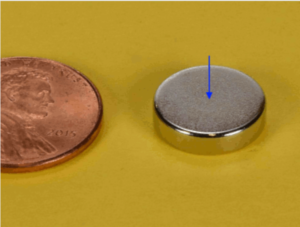
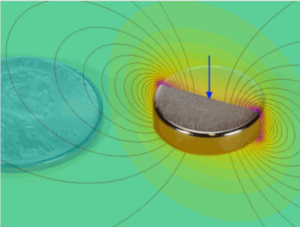
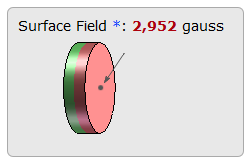
The Role of a Magnetometer
A magnetometer, also known as a gaussmeter, is an instrument designed to measure magnetic field strength. While there are various models available from different manufacturers, the basic principle remains the same. The device consists of a main unit with a display and a probe connected via a cord. The probe can be of two types: axial or transverse, determining the direction in which the magnetic field is measured. (See figures below for a visual representation of a magnetometer.)
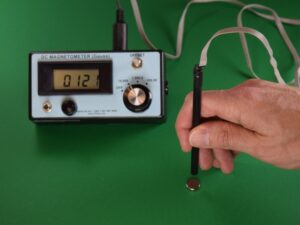
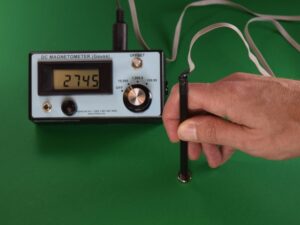
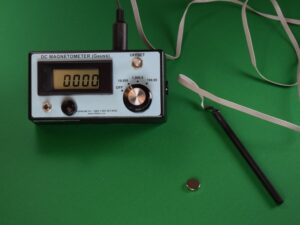
The Challenge of Distance
One might assume that pressing the probe against a magnet would give the exact Surface Field reading. However, this isn’t the case. The probe doesn’t measure the field strength right at its surface. Instead, the sensing part is located a small distance inside the probe. This means that the actual measurement is taken from a slight distance away from the magnet’s surface, leading to readings that are often lower than the listed Surface Field.
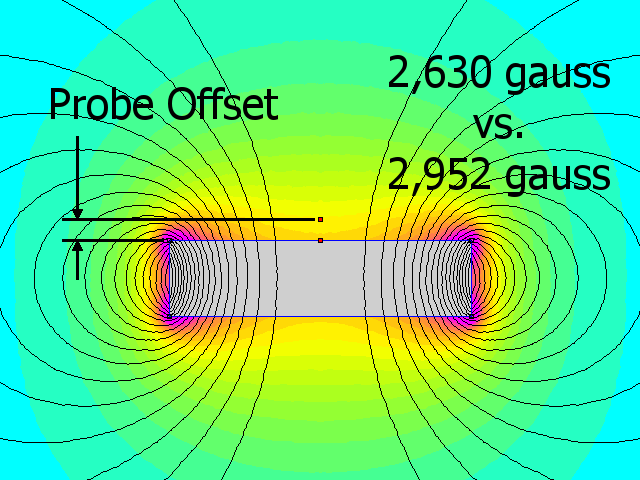
Size Matters
The size of the magnet plays a significant role in the accuracy of the readings. For larger magnets, the small offset in the probe’s measurement doesn’t cause a significant difference. However, for smaller magnets, this offset can lead to substantial errors. For example, a D82 disc magnet measured from 0.035” away with a magnetometer probe might show a reading of 2,643 gauss, which is 10% less than its listed Surface Field.
Other Influencing Factors
When measuring the strength of a magnet, it’s essential to be aware that several external and internal factors can influence the readings:
- Temperature: Magnets are sensitive to temperature changes. A warmer magnet will typically have a slightly weaker field than a cooler one. This is because the alignment of the magnetic domains can be affected by temperature fluctuations, leading to variations in field strength.
- Distance Tolerance: The exact position of the probe in relation to the magnet’s surface can significantly impact the reading. Even a slight variation in the probe’s position, as minute as a fraction of an inch, can lead to different readings.
- Magnet Imperfections: No magnet is perfect. Variations in the material composition, manufacturing processes, or even minor defects can lead to inconsistencies in the magnetic field strength across the magnet’s surface.
- Magnet Sides: The orientation and alignment of the magnetic domains can vary from one side of the magnet to the other. As a result, some magnets might show different field strengths on different sides, especially if they have been exposed to external magnetic fields or physical stresses.
Understanding these influencing factors is crucial for anyone working with magnets, as they can provide insights into the magnet’s behavior and potential applications.
Alternative Measurement Methods
For more accurate measurements, especially with smaller magnets, professionals often use a combination of Helmholtz coils and a fluxmeter. This setup measures the torque a magnet feels in the presence of a magnetic field, offering a more precise reading than a magnetometer.
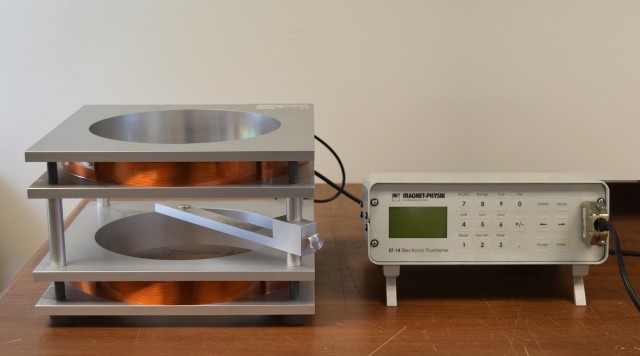
In conclusion, while measuring the strength of a magnet might seem straightforward, various factors can influence the readings. By understanding these factors and using the right tools, one can obtain accurate measurements, furthering our understanding of the magnetic world around us.
